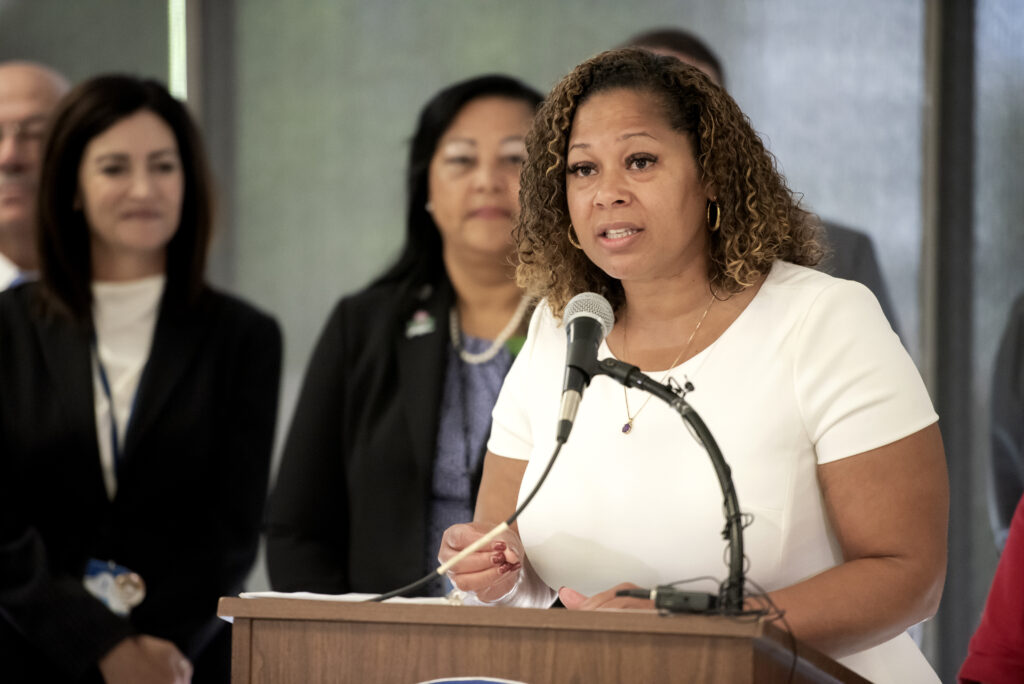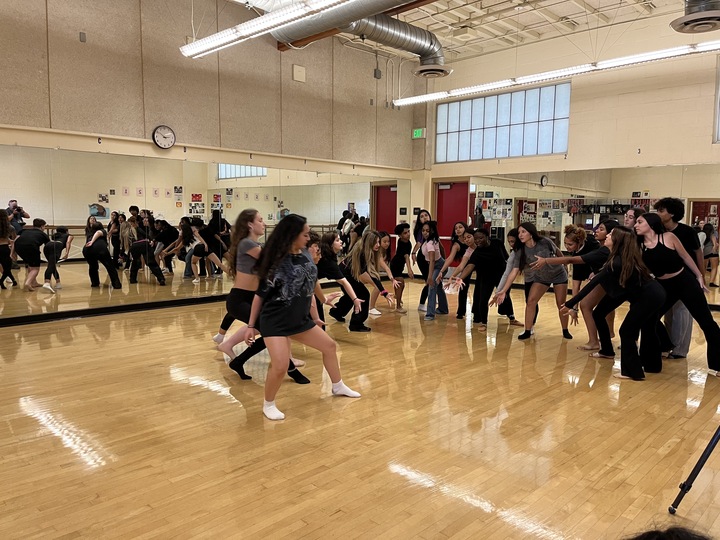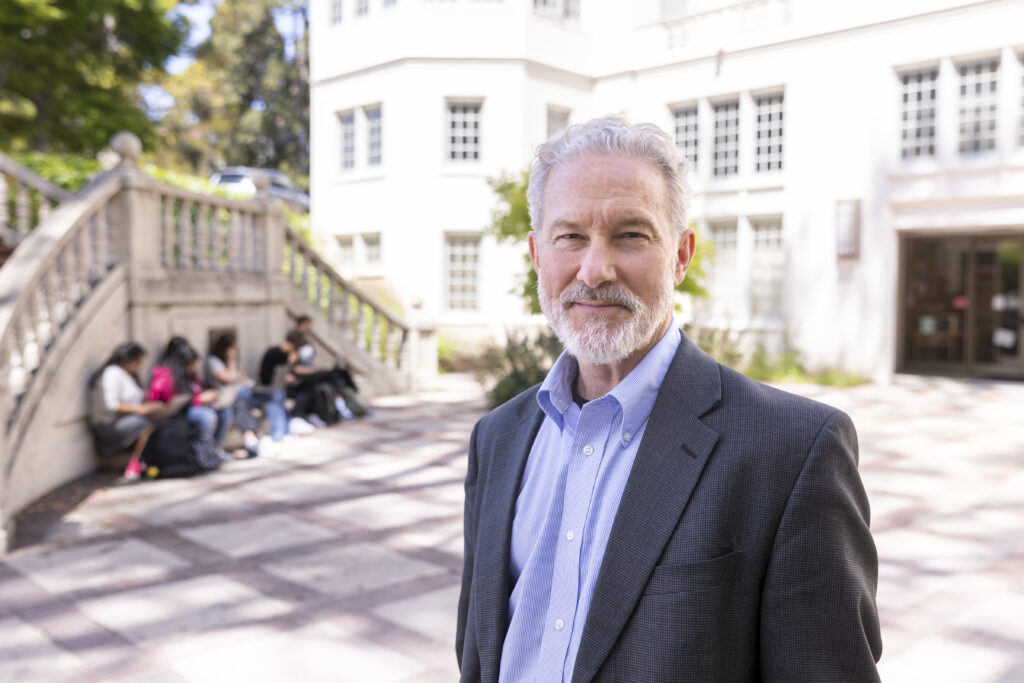
Credit: iStock / Christopher Futcher
I retired from the practice of family child care last December after 29 years. That same month, I attended a funeral for Deanna Robles, an amazing family child care provider and early care and education advocate who was 53 years old.
In January, I attended another funeral for another family child care provider in her mid-60s. Renaldo Sanders was not only a professional who had done this critical work for over 25 years, but also a dear friend. Both died from “natural causes,” but there is nothing natural about working 60, 70, or 80 hours a week for 20 or 30 years.
These were women who worked in a field with little, no, or all-too expensive health care, who struggled to provide for themselves and their families on wages far below the minimum. These were women who couldn’t get a good night’s rest trying to figure out how to take pennies and create a million-dollar early learning environment within the walls of their homes. These were women who sacrificed and gave their lives to children and early learning.
The reality is, California’s 24,700 home-based family child care providers, 71% of whom are women of color, earn the least of the state’s early childhood educators. These small business owners typically work very long hours with little pay. Smaller programs with a licensed capacity of six to eight children earn on average just $16,200 to $30,000 annually, according to the Center for the Study of Child Care Employment at UC Berkeley. Larger programs may enroll up to 12 or 14 children, yet these provider-owners earn on average just $40,000 to $56,400 a year. Many experience stress and depression and health issues, the latter often caused by the job’s need to constantly lift, carry, and keep up with several young children.
There is no way those conditions did not contribute to my friends’ deaths. I am 64 years old, and, sadly, I have suffered the same concerns, pains and pathetic wages as they did during their working lives. I got out just in time, perhaps adding a few more years to my life span.
Something has got to change. I do not want to attend another funeral for a child care professional who has died too young.
So how can we fix this mess and begin to support the women who are preparing our youngest learners for success? To start, we must treat early care and education as a public good and fund programs to reflect the true cost of care instead of relying on what parents can pay. Public preschool and infant-toddler teachers would then be paid similarly.
Yet, public funding has not come despite President Joe Biden’s efforts, so I won’t hold my breath for that to happen. Meanwhile, here are some steps to move us closer to supporting early childhood educators:
Step 1: Center and involve educators of color when creating child care policies. The absence of Black and brown women sitting at the table when these policies are being discussed, informed and written is shameful. As is the absence of family child care providers. When policymakers listen to and hear the women who do this work, and include them as they discuss and craft regulations, we will see different outcomes.
Just look at last year’s landmark win by Child Care Providers United (CCPU), an effort led largely by educators of color, myself included. Together, we fought for and won a contract for family child care providers who accept state subsidies for low-income families. We secured $2.8 billion in payment enhancements over the next two years and an $80 million annual investment in a newly established provider retirement fund. This would never have happened without our active involvement.
Step 2: When updating California’s reimbursement rate-setting methodology, include salary standards that consider education level, tenure and job role. This can ensure fair compensation regardless of program type, location, or an educator’s race and ethnicity. And, it would begin to reduce the vast pay gaps between Black educators and their peers of other races and ethnicities with similar education and experience. The planned switch to rate-setting based on the true cost of care was a key component of our union agreement. Once approved at the federal level, the new approach will need to be implemented promptly, and with educators of color at the decision table to address inequity and promote effective solutions.
Last, but certainly not least:
Step 3: Create a state-funded program to reward and sustain family child care providers for their commitments. Currently, there are no awards to recognize and retain these amazing women, and this lack of formal recognition while they dedicate their blood, sweat and tears for pennies contributes to burnout.
Here are a few ideas. Award a $500 bonus for small capacity licensees that become large capacity child care homes after one year. Present “longevity bonuses” to providers who remain in business in good standing based on their years of operation, such as $5,000 for 10 years, or $10,000 for 20 years.
Finally, develop significant bonuses for providers who stay in the business longer than 20 years and create a bonus for downsizing from large- to small-capacity programs. This is one way of supporting seasoned early childhood educators to live longer lives.
Implementing these steps would create a different world for family child care providers, their own families, and for the children and families they serve. If we take these recommendations seriously, families and children will receive optimal attention from the educators who touch their lives, and providers could see their life spans grow.
●●●
Tonia McMillian is a just-retired family child care provider in Southern California.
The opinions in this commentary are those of the author. If you would like to submit a commentary, please review our guidelines and contact us.

















